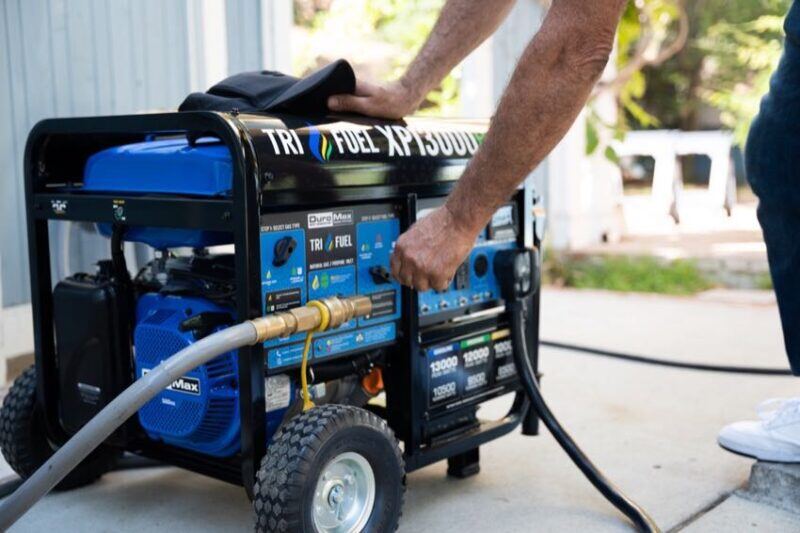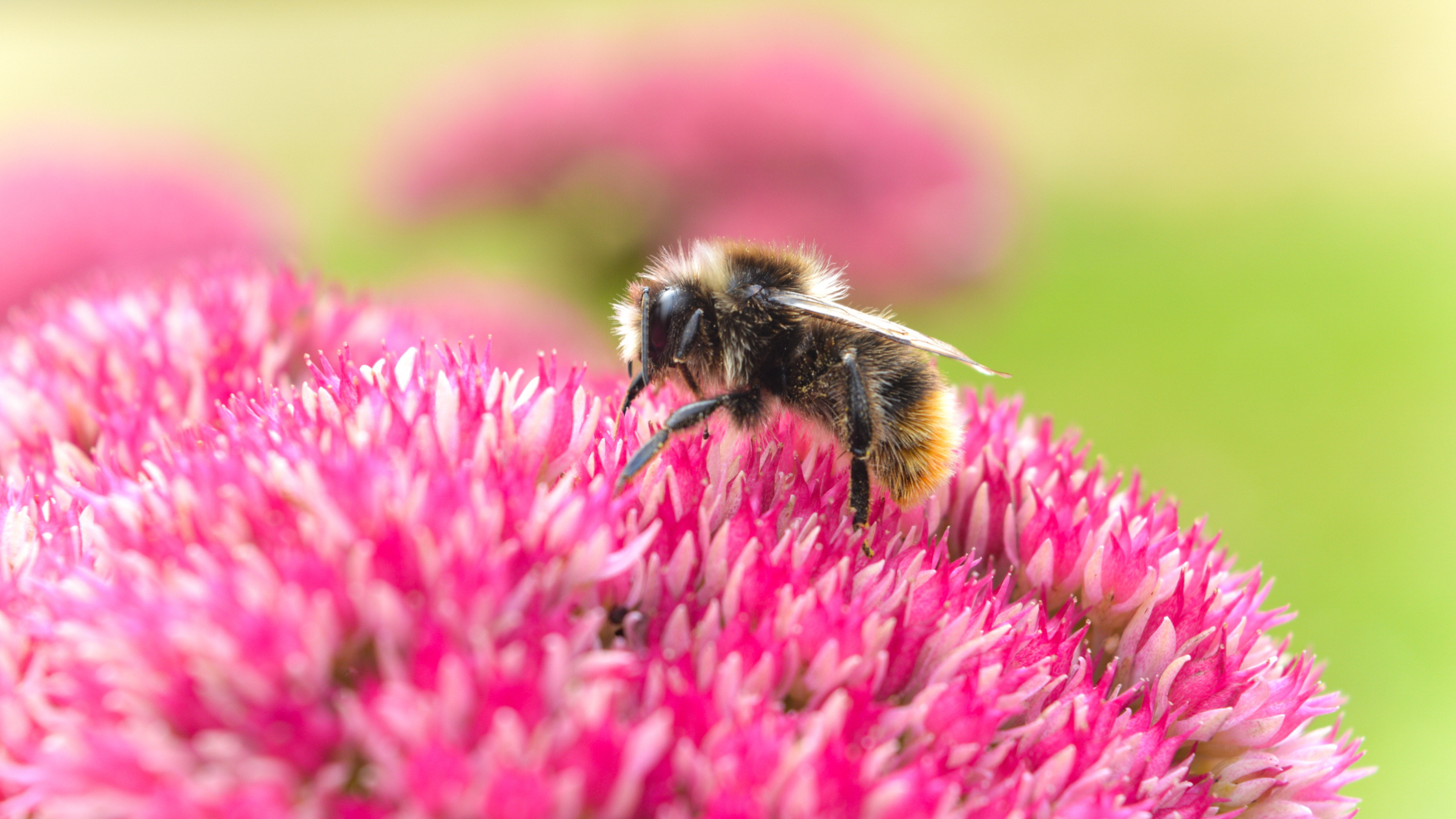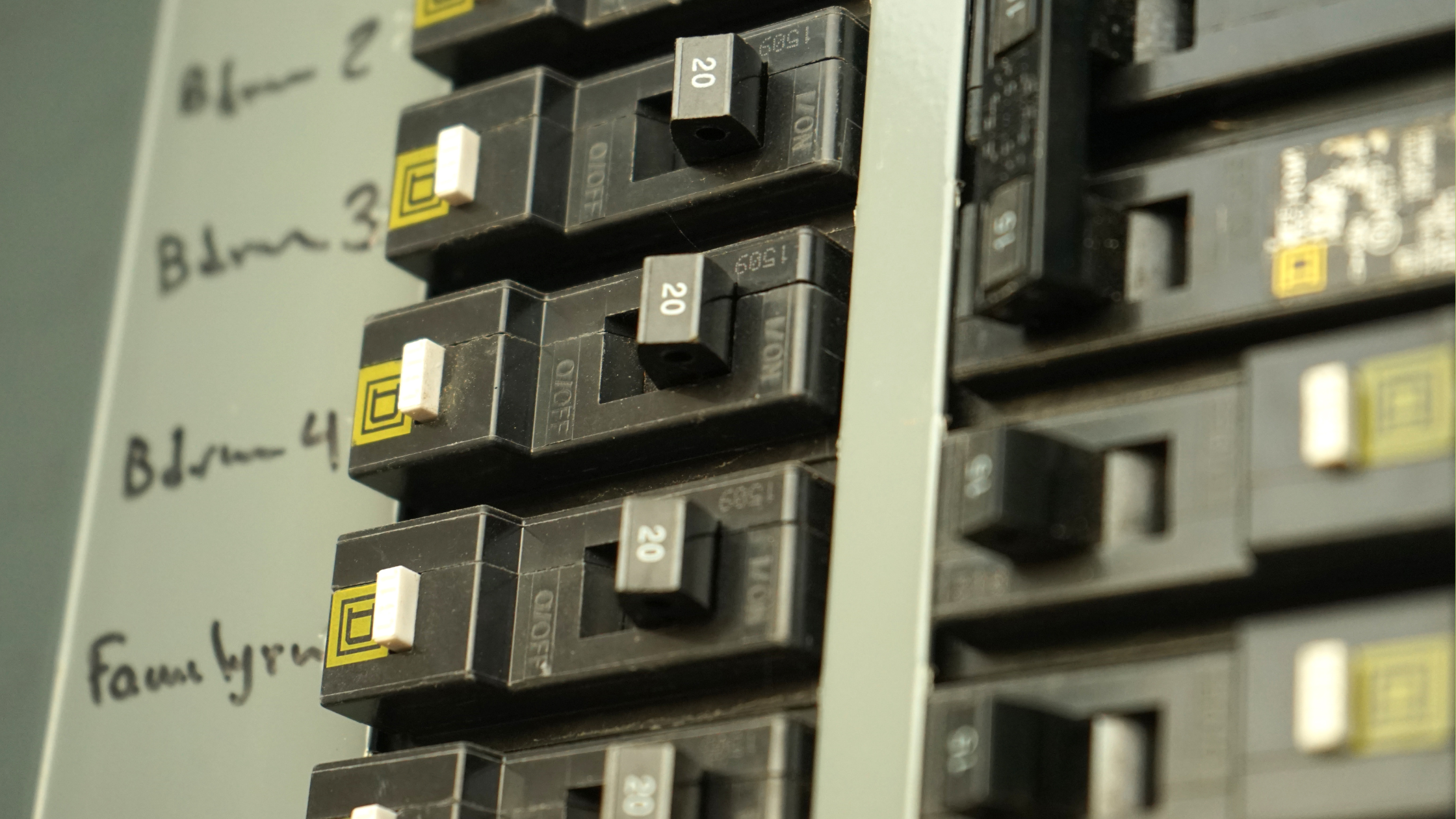Electrical issues can feel intimidating, but many of the questions we hear have simple explanations. Here's a quick guide to some of the most common concerns we hear from local homeowners.
What to Do If Your Generator Isn't Working
Hey there! Having a generator is super helpful when the power goes out. But what do you do if your generator isn’t working? Don’t worry! Here’s a simple guide to help you get it back up and running.
1. Check the Fuel
The first thing to do is check if there’s enough fuel in the tank. Generators need gas or diesel to run. Make sure the fuel is fresh and not old. If it’s old, replace it with new fuel.
2. Inspect the Oil
Next, check the oil level. Just like a car, your generator needs oil to run smoothly. Find the oil dipstick, pull it out, and wipe it clean. Then, put it back in and pull it out again to see the oil level. If it’s low, add more oil. Make sure to use the right kind of oil for your generator.
3. Check the Air Filter
A dirty air filter can make your generator stop working. Open the air filter cover and take a look. If it’s dirty, clean it or replace it with a new one. A clean air filter helps your generator run better.
4. Inspect the Spark Plug
The spark plug helps start the generator. If it’s dirty or damaged, your generator might not start. Remove the spark plug and check its condition. If it’s dirty, clean it with a brush. If it’s damaged, replace it with a new one.
5. Look for Loose Connections
Sometimes, wires and connections can come loose. Check all the cables and connections to make sure they’re tight. If you see any loose wires, tighten them up.
You may also be interested in: How to connect a generator to your home
6. Try the Choke
If your generator has a choke, make sure it’s in the right position. The choke helps the engine start, especially when it’s cold. If it’s in the wrong position, your generator might not start.
7. Prime the Engine
Some generators have a primer button. This helps get fuel into the engine. Press the primer button a few times and then try starting the generator again.
8. Check the Battery
If your generator has an electric start, check the battery. Make sure it’s charged and connected properly. If the battery is dead, you might need to replace it or recharge it.
9. Read the Manual
Every generator is a bit different. It’s always a good idea to read the manual that came with your generator. The manual will have specific instructions for your model.
10. Call a Professional
If you’ve tried everything and your generator still isn’t working, it might be time to call a professional. They can help figure out what’s wrong and get your generator working again.
Remember, it’s important to regularly maintain your generator to keep it in good shape. This way, it will be ready to go when you need it most.
Stay safe and happy generating!
You may also be interested in: Can a Portable Generator Run A/C?




